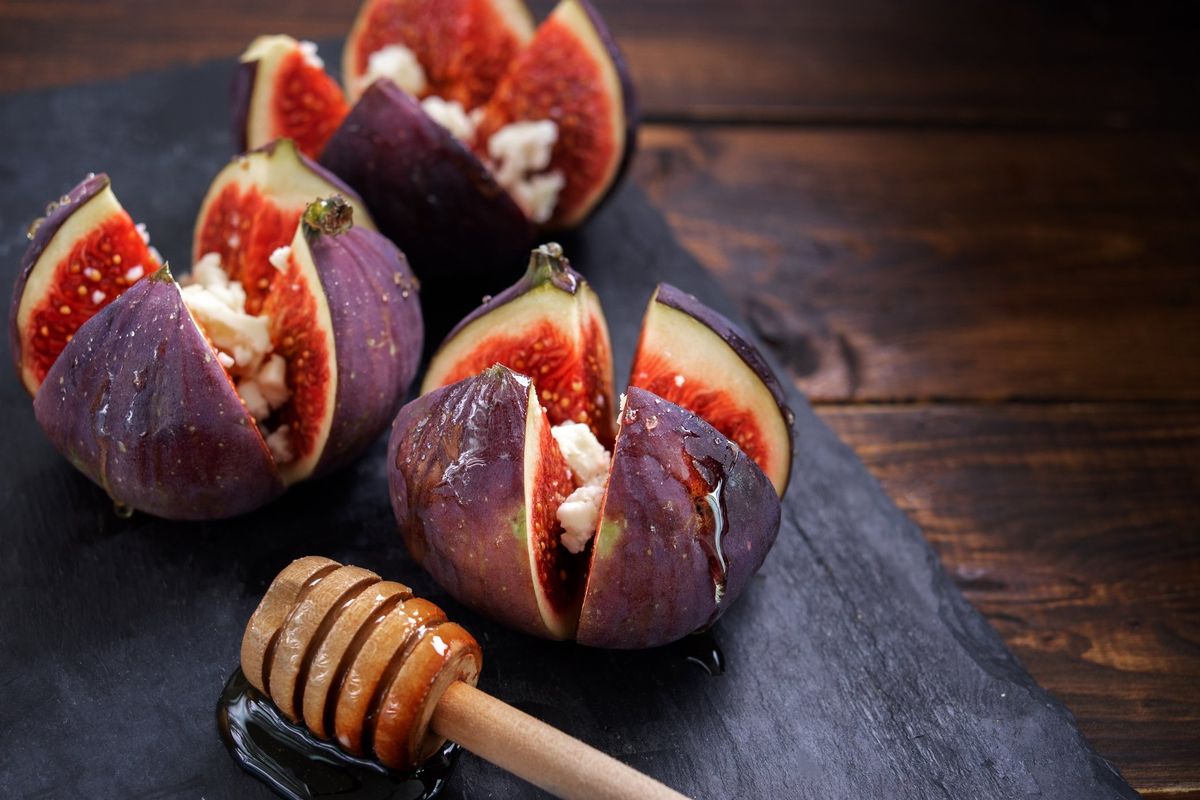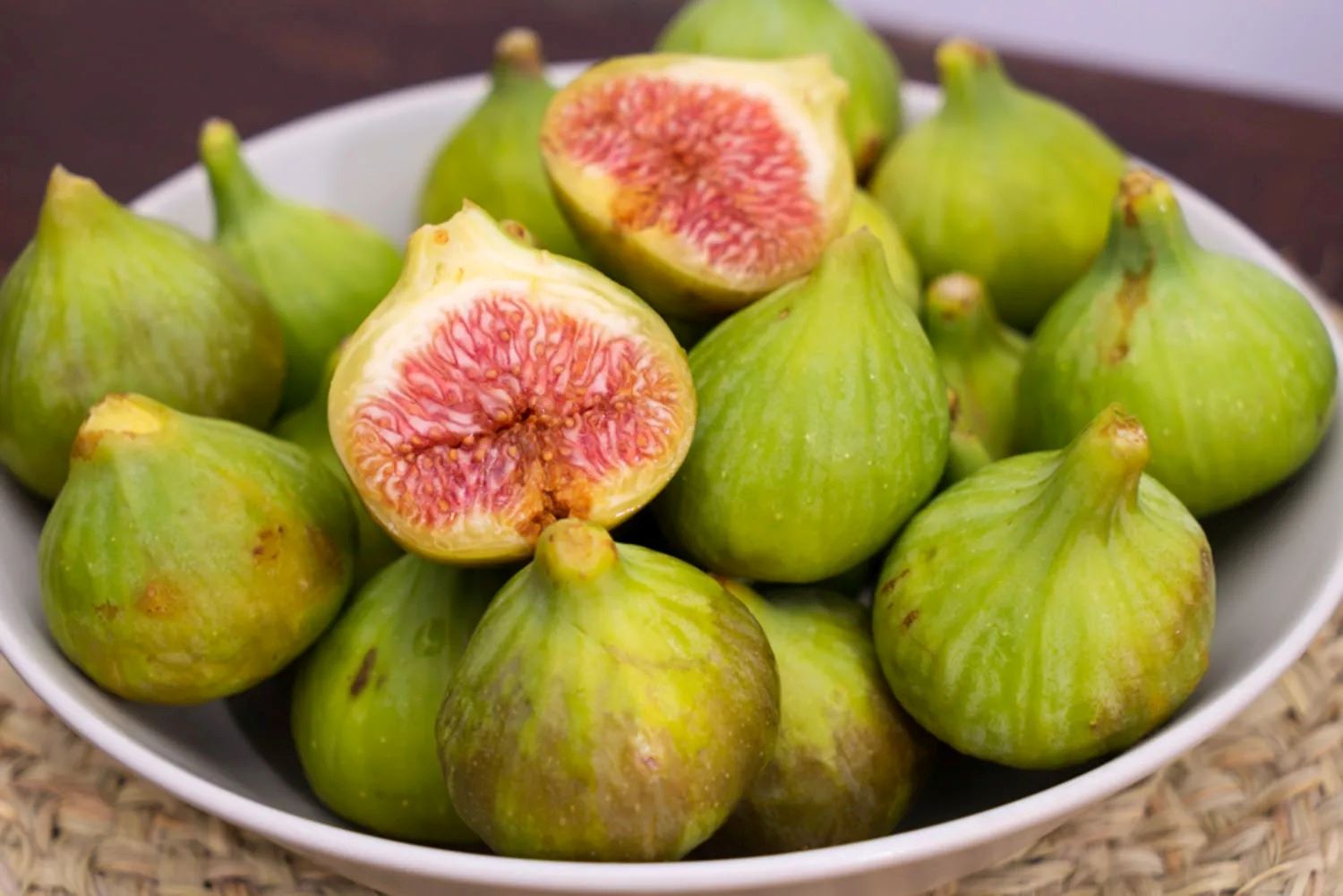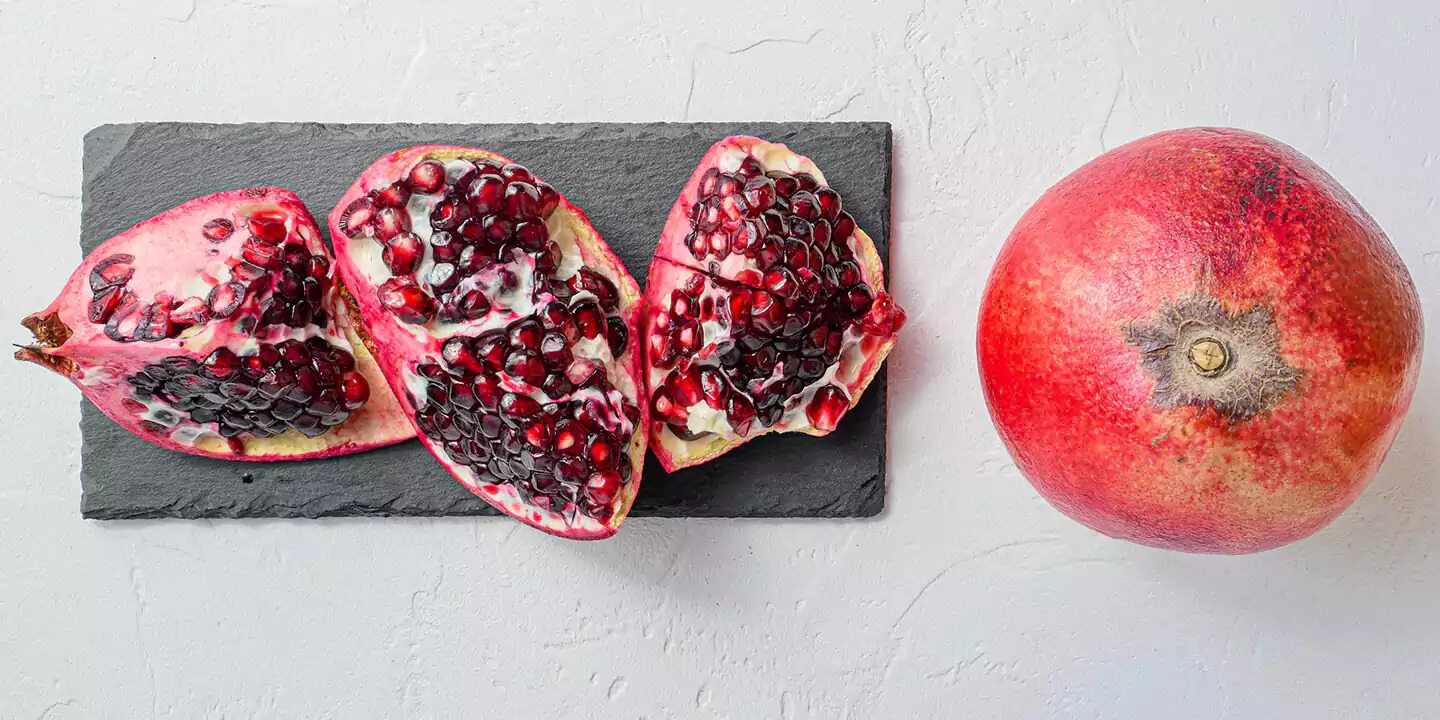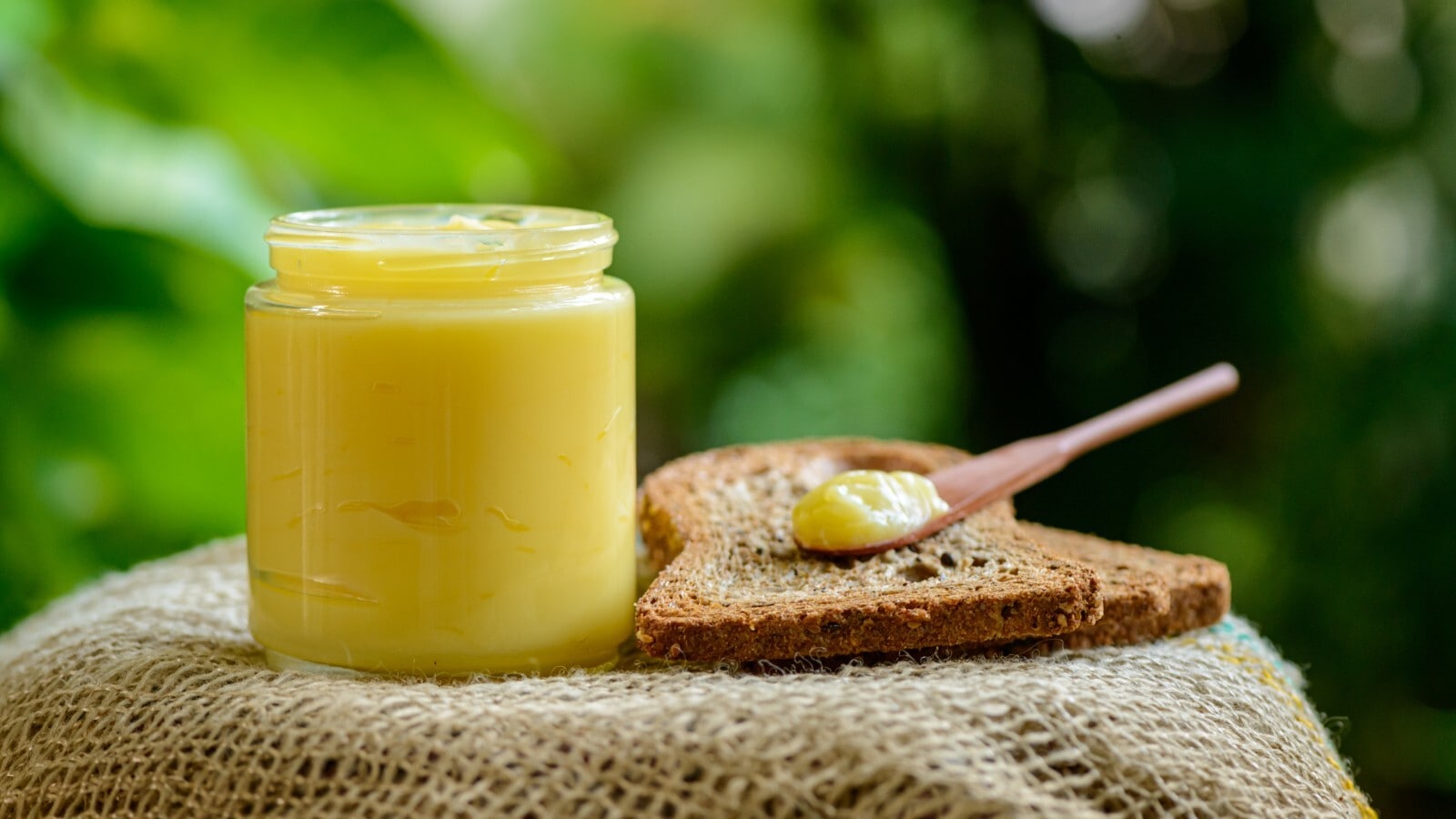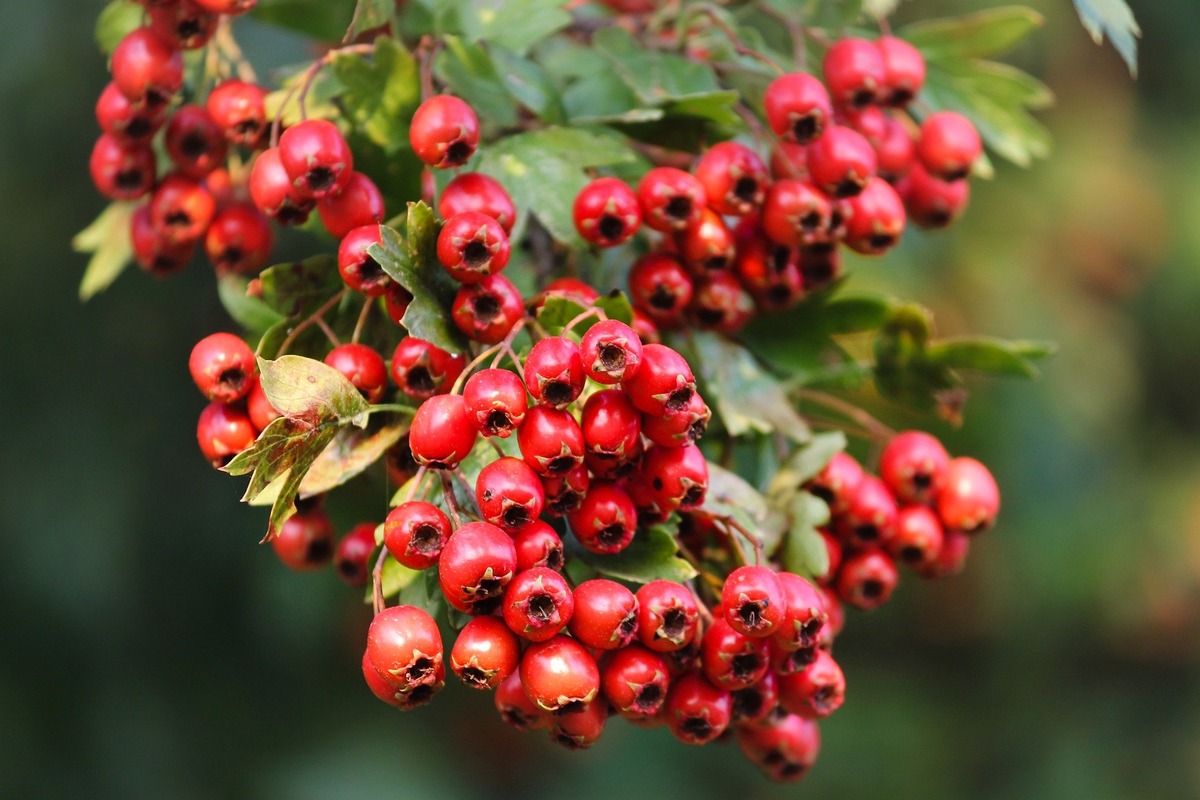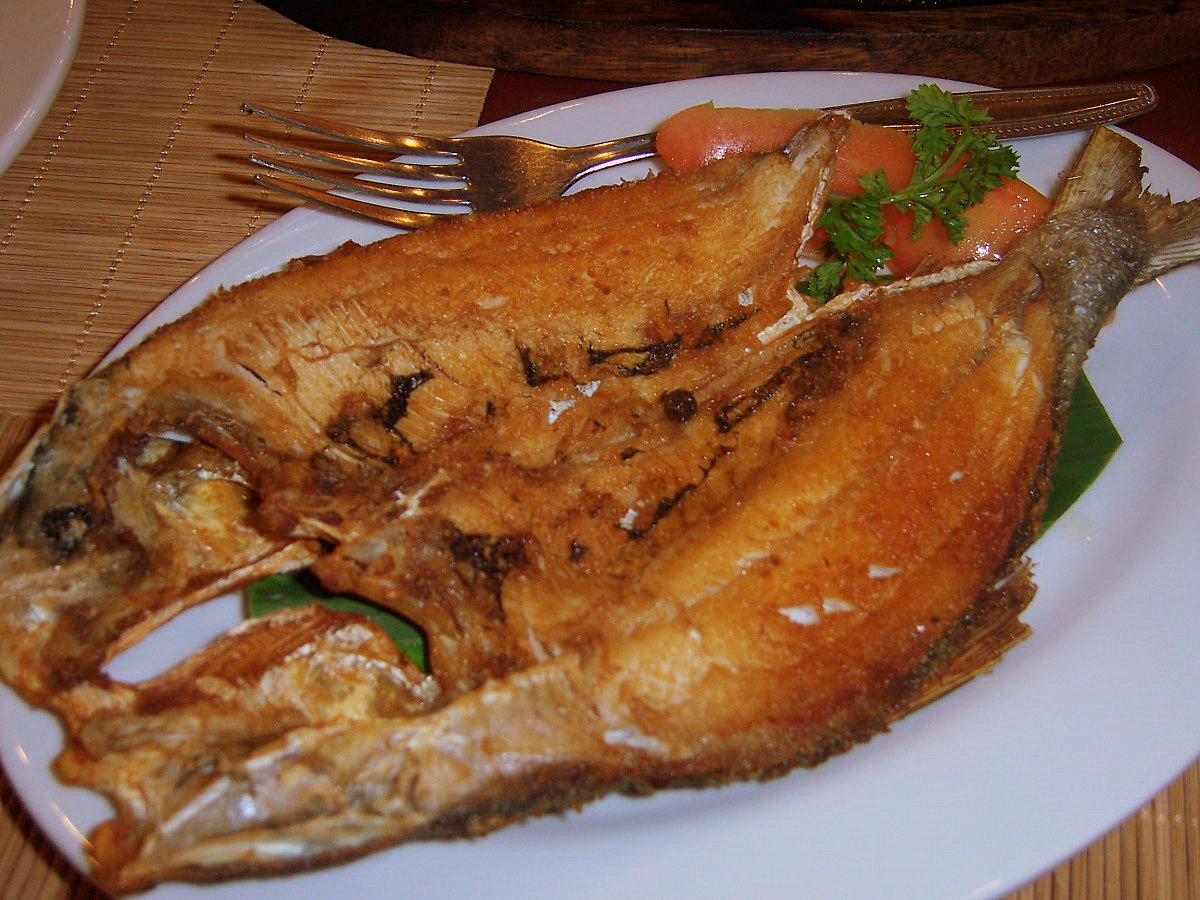How to Enjoy a Barbary Fig
Barbary figs, also known as prickly pears, are a delicious and nutritious fruit that can be enjoyed in a variety of ways. If you’ve never tried a Barbary fig before, you might be wondering how to eat it. Don’t worry, we’ve got you covered! Here’s a simple guide on how to enjoy this unique and flavorful fruit.
Choosing the Perfect Barbary Fig
Before you can enjoy a Barbary fig, you’ll need to choose the perfect one. When selecting a Barbary fig, look for fruits that are firm, plump, and free from any soft spots or blemishes. The color of the fruit can vary from green to deep purple, depending on the variety. Choose a fruit that feels heavy for its size, as this indicates that it’s juicy and ripe.
Preparing the Barbary Fig
Once you’ve selected the perfect Barbary fig, it’s time to prepare it for eating. The first step is to carefully remove the spiky outer skin. Use a sharp knife to cut off both ends of the fruit, then make a slit down one side of the skin. Peel back the skin to reveal the juicy flesh inside. Be sure to handle the fruit with care, as the tiny spines can be prickly!
Ways to Enjoy a Barbary Fig
Now that you have a peeled Barbary fig in front of you, it’s time to savor its delicious flavor. Here are a few ways to enjoy this unique fruit:
- Eat it Fresh: Simply slice the Barbary fig into wedges and enjoy it fresh. The sweet, slightly tangy flavor is a true delight for the taste buds.
- Make a Salad: Barbary figs can be a wonderful addition to fruit salads or green salads. Their vibrant color and sweet taste add a unique twist to any dish.
- Create a Jam: If you have an abundance of Barbary figs, consider making a delicious jam or preserve. The natural sweetness of the fruit makes for a delightful spread.
- Blend into Smoothies: Add Barbary figs to your favorite smoothie recipe for a burst of flavor and a dose of vitamins and minerals.
- Bake into Desserts: Barbary figs can be used in a variety of desserts, such as tarts, cakes, and even ice cream. Their unique flavor adds a special touch to any sweet treat.
Health Benefits of Barbary Figs
In addition to their delicious taste, Barbary figs also offer a range of health benefits. They are rich in fiber, antioxidants, and essential vitamins and minerals. Eating Barbary figs can help support digestion, boost immunity, and promote overall well-being.
So, the next time you come across a Barbary fig, don’t hesitate to give it a try. With their unique flavor and numerous health benefits, these fruits are a true delight for the senses and the body. Enjoy!
